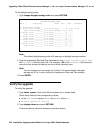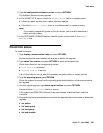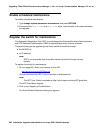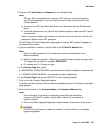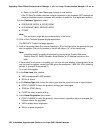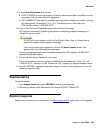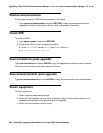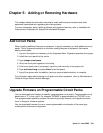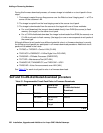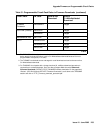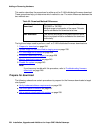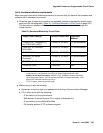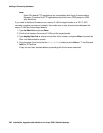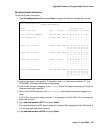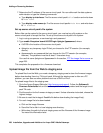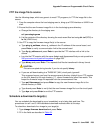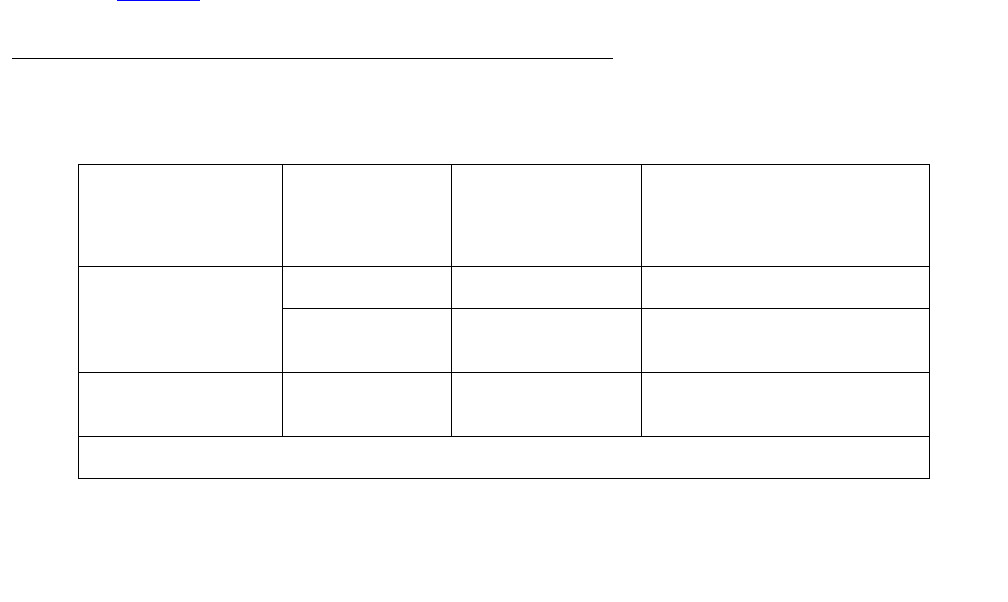
Adding or Removing Hardware
232 Installation, Upgrades and Additions for Avaya CMC1 Media Gateways
During this firmware download process, a firmware image is installed on a circuit pack in three
steps:
1. The image is copied from an Avaya server over the Web to a local “staging area” — a PC or
server on the customer LAN.
2. The image is copied from the local staging area to the source circuit pack.
3. The image is downloaded from the source to the target with one of these methods:
● For a self download, the image is downloaded directly from RAM (the source) to flash
memory (the target) on the same circuit pack.
● For a C-LAN-distributed download, the image is downloaded from RAM (the source) on a
C-LAN circuit pack to flash memory (the target) on one or more separate circuit packs of
the same type.
Although different circuit packs have different potential roles in a firmware download, currently
the following circuit packs can participate in a firmware-download procedure. Additional circuit
packs will be added in the future.
● TN799C or TN799DP—Control LAN (C-LAN)
● TN2214CP orTN2224CP—2-Wire Digital Line DIG-LINE)
● TN2302AP—IP Media Processor (IPMEDPRO)
● TN771DP—Maintenance/Test (M/T-ANL)
● TN464GP/HP, TN2464BP/CP, and TN2313AP—UDS1
● TN2501AP—Voice Announcements over LAN (VAL)
See Table 51
for each circuit pack’s roles in a firmware download.
Self and C-LAN-distributed download procedure
Table 51: Programmable Circuit-Pack Roles in Firmware Downloads
Circuit Pack TN Code Role in Self
Download
Role in
C-LAN-distributed
Download
C-LAN TN799C
1
Source
TN799DP
2
Source and
Target
Source
VAL TN2501AP Source and
Target
1 of 2



